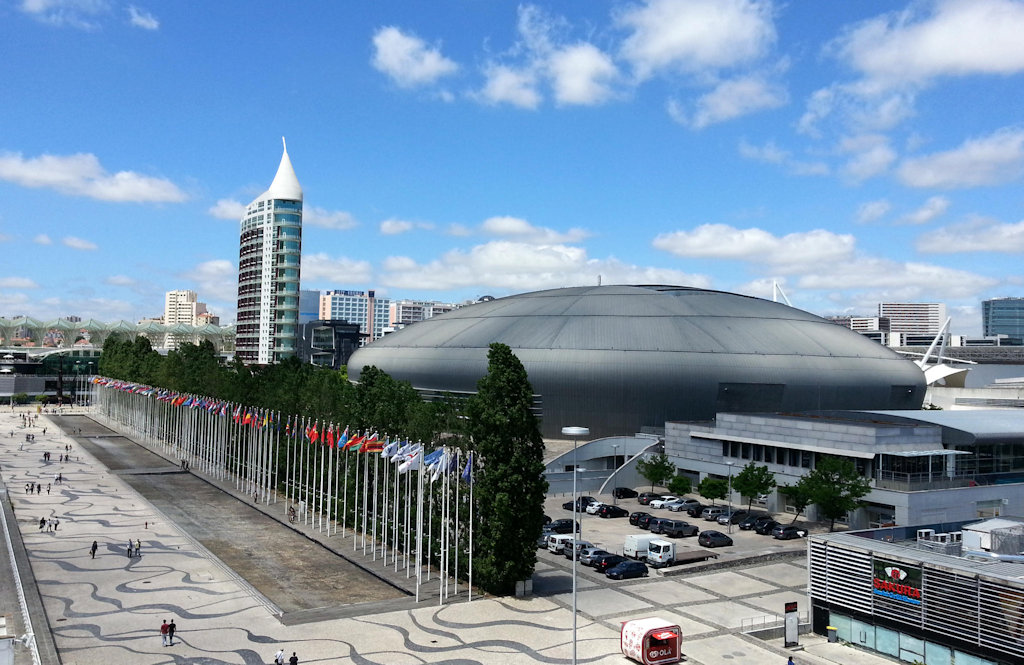The conception of the Altice Arena can be traced back to the discussions surrounding the Expo '98 Master Plan, where the need for a versatile facility in Lisbon became apparent. The city lacked a venue capable of hosting large-scale events, and the existing structures were either limited in capacity or ill-suited for non-conventional gatherings. Moreover, the technical infrastructure required for modern concerts and live TV coverage was inadequate.
Recognizing this gap, the decision to build the Pavilhão Atlântico within the Expo '98 masterplan was a strategic move. Its location near the Gare do Oriente transportation hub and major highways enabled the arena to attract spectators from across the country. This expanded catchment area made it possible for Portugal to host significant indoor sports championships and welcome renowned musical acts even during colder and rainy seasons.
Over the years, the Altice Arena has undergone significant transformations. In July 2012, it was sold to Arena Atlântico S.A., and in May 2013, Portugal Telecom secured the naming rights, rebranding it as MEO Arena. Subsequently, with the acquisition of Portugal Telecom by Altice in October 2017, the venue was renamed Altice Arena.
Architecturally, the Altice Arena is a testament to visionary design. The Portuguese architect Regino Cruz, in collaboration with Skidmore, Owings & Merrill (SOM), crafted a structure that stands out for its unique shape. Resembling a large flying saucer, a sea turtle's shell, or a horseshoe crab, the arena required innovative thinking to address both its structural and symbolic significance. The roof, for instance, rests upon a wooden grid shaped like a carrack, paying homage to the maritime history of Portugal and the theme of Expo '98.
Lisbon.vip Recommends
The south-facing main facade of the arena maximizes sun exposure during winter months while providing shade during summer, reducing heating and air conditioning costs. Natural ventilation outlets on the roof contribute to air circulation and cooling. The main floor, positioned 6.4 meters below ground level, allowed for a lofty roof design, minimizing the building's external footprint and reducing heat exchange. The external glass facade features overhanging panels that selectively allow sunlight, and a system of external moving blinds regulates natural lighting.
Accessibility is a priority at the Altice Arena, facilitated by a stadium-style external staircase encompassing the entire building, enabling easy entry and exit for attendees.
The Altice Arena stands as a testament to Lisbon's commitment to hosting world-class events while considering sustainability, comfort, and architectural harmony. Its grandeur, adaptability, and strategic location have made it a focal point for entertainment, cultural gatherings, and memorable experiences for both locals and visitors alike.
Map View



